
Uncategorized


LTR Training Tip #85: Collection
Collection is not just flexing the equine’s neck at the poll. Collection adds more suspension in the gait through the engagement of correct postural core muscle strength in good balance.
SPEAK UP: Tell the DOI and BLM to address animal welfare violations!
The following is from the American Wild Horse Campaign:
We’ve got a lot to share with you in this week’s edition of eNews, including an opportunity for you to speak up on behalf of captured wild horses and burros suffering in holding facilities, an article discussing a fascinating new study into the history of horses in North America, and an invitation to a fun-filled day at Montgomery Creek Ranch!
Read on to learn more! >>
Tell the DOI and BLM: Address Violations in Wild Horse and Burro Holding Facilities

Under a directive from Congress, the Bureau of Land Management (BLM) has been conducting various animal welfare assessments at holding facilities across the West. These internal reviews show widespread violations including understaffing, lack of timely vaccination of captured horses brought into confinement, inaccurate and inadequate recordkeeping, inadequate access to hay and/or water for all horses, horses in poor body condition, and issues related to construction and maintenance. With more than 62,000 wild horses and burros currently incarcerated in these facilities we urge you to write to the Secretary of the Interior and the Director of the BLM and demand change today!
Indigenous groups in the American West lived alongside horses by the early 1600s, study finds
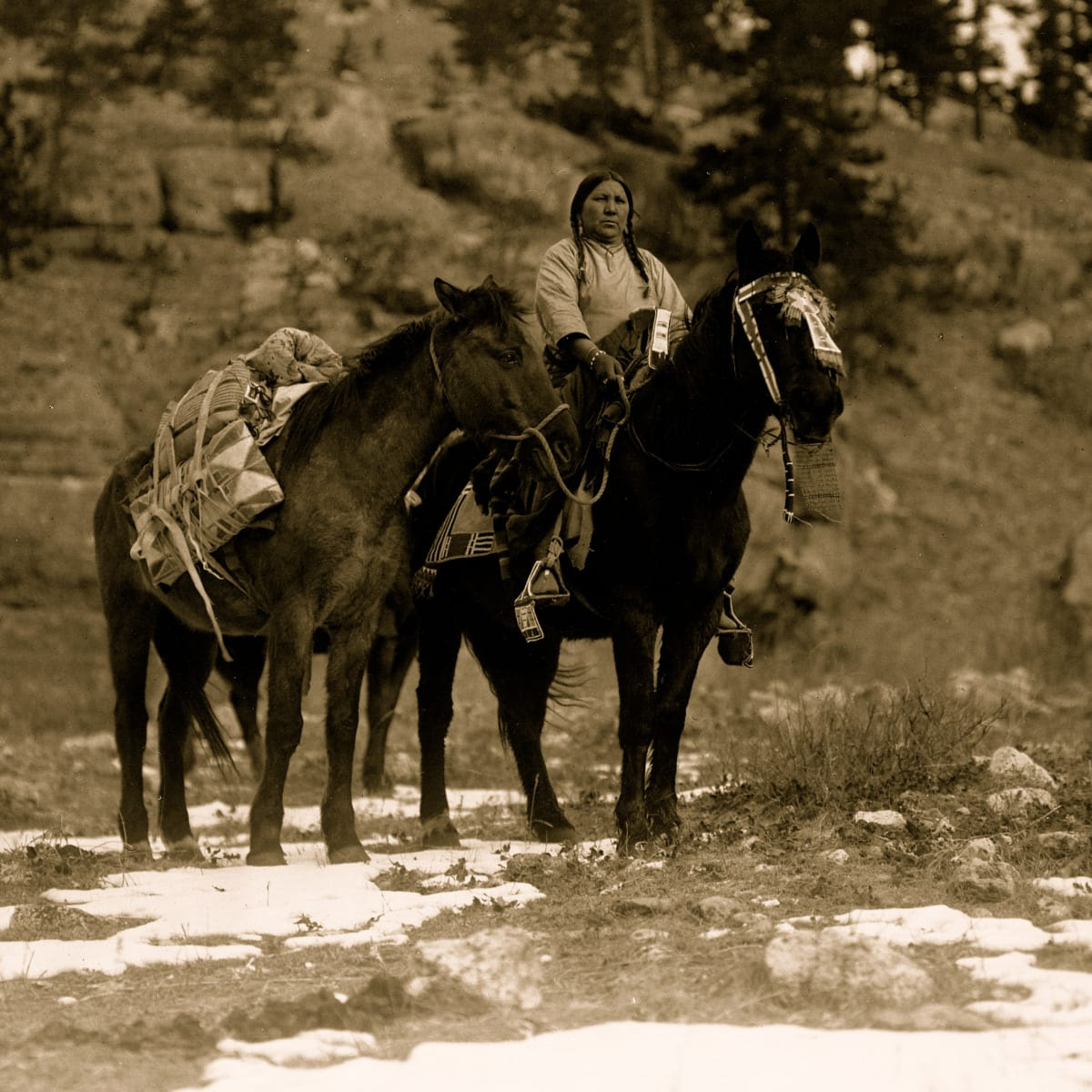
Photo: Buyenlarge/Getty Images
A new study published last week in the journal Science, finds that horses of European descent had been integrated into indigenous cultures across western North America long before the arrival of Europeans in that region. The study found that the horses were present in the American West and Southwest several decades before the Pueblo Revolt of 1680 – when allied Indigenous groups pushed Spanish colonizers out of New Mexico. Read more on the fascinating results below!
You’re Invited to a Day at Montgomery Creek Ranch!
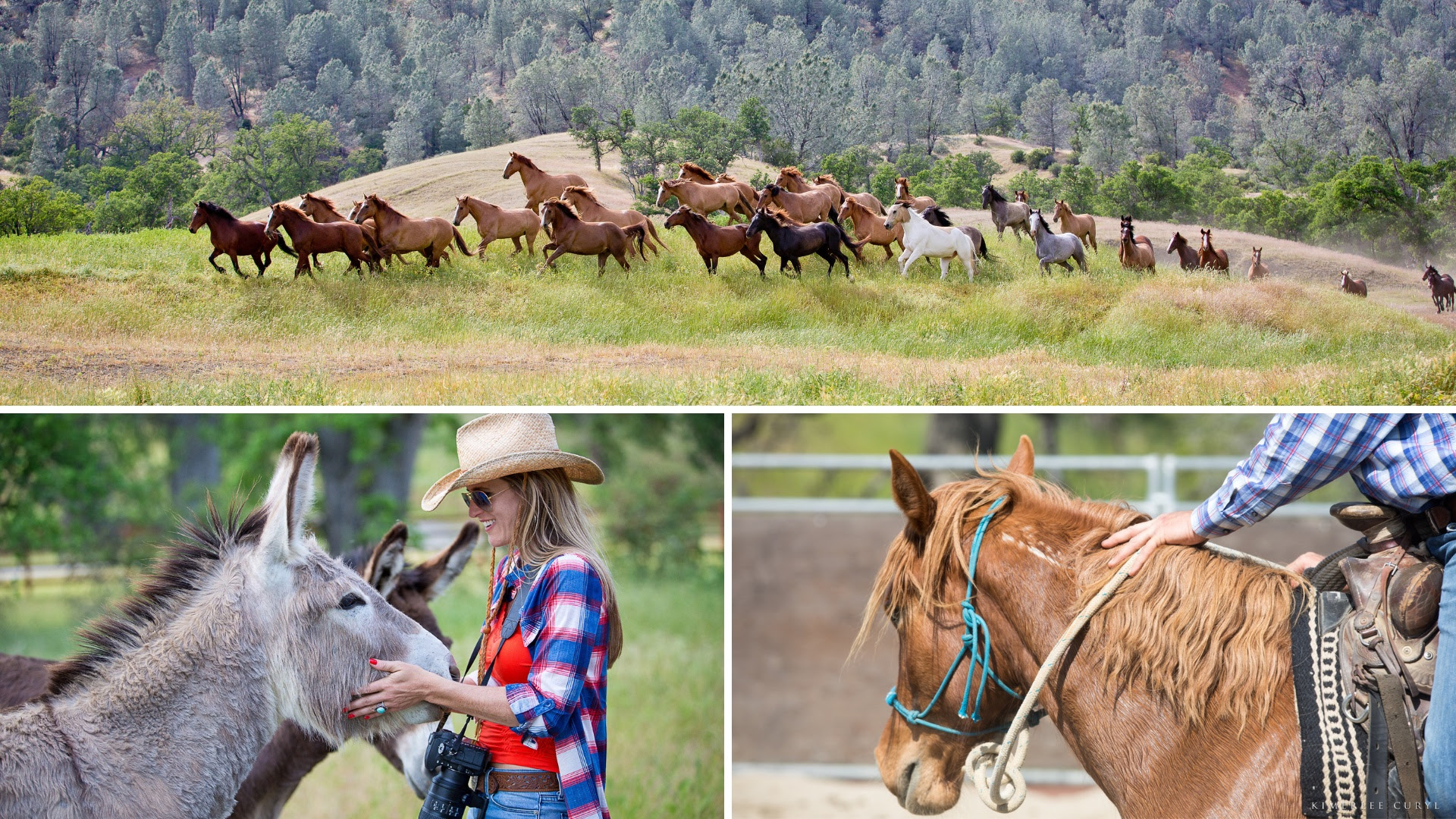
On Saturday, April 15, AWHC Board President Ellie Phipps Price, her husband Chris and their team will open the gates of their private sanctuary and adoption center, Montgomery Creek Ranch for a fun-filled day!
- Tour the 2,000-acre sanctuary in off-road vehicles to experience the beauty of 200 wild horses roaming free and hear their stories;
- Meet and greet with the friendly crew of wild burros from Arizona;
- Watch a training session with one of MCR’s young mustangs;
- Enjoy a delicious lunch… and more!
Thanks for reading. And thank you for continuing to stand up for our cherished wild horses and burros!
— AWHC Team




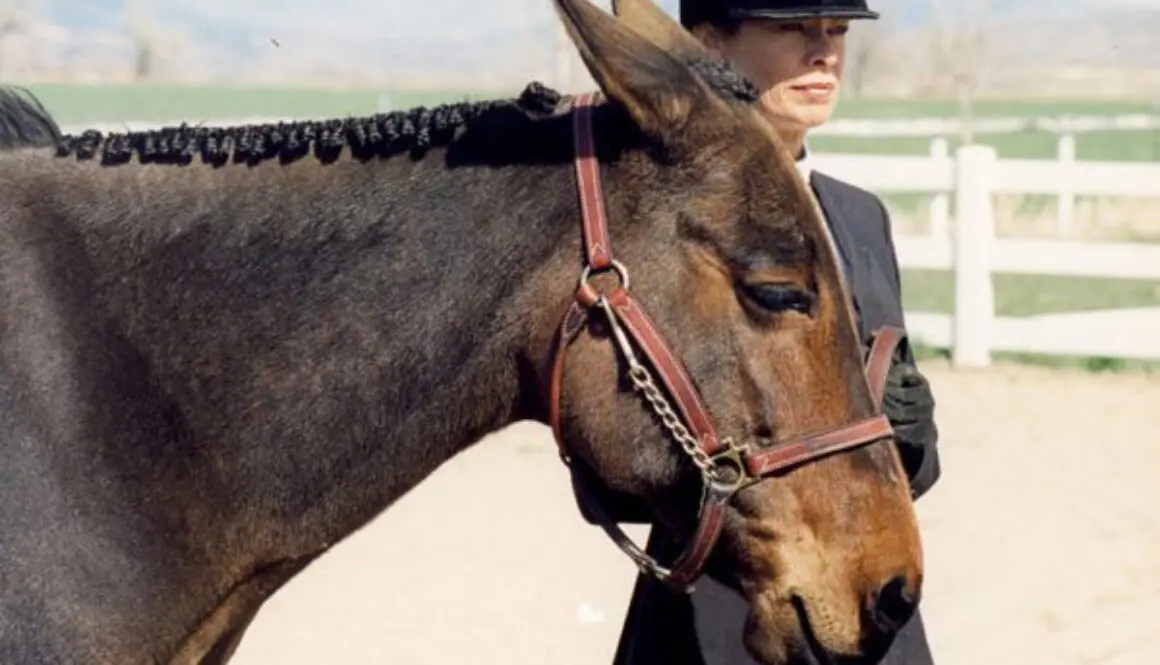
LTR Training Tip #81: Body Clipping for Show
Body clipping in a natural order with respect for your equine’s patience will help the process go much more easily.


LTR Training Tip #80: Straight Forward Under Saddle Obstacles
Straight forward obstacles will help your equine to maintain and even improve his balance and coordination with a rider on board.


LTR Training Tip #79: Seat Leg Cues
In order for your seat and leg cues to be accurate and clear to your equine, you will need to improve stability in your own seat and balance.
Tis the Season – Loretta & Lainey
This is an update from All About Equine Rescue.
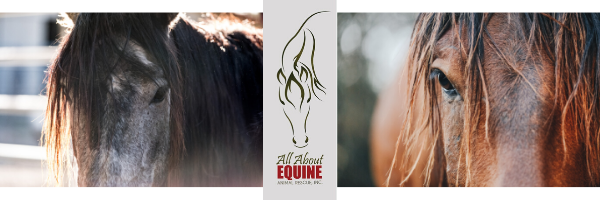
All About Equine Animal Rescue, Inc.
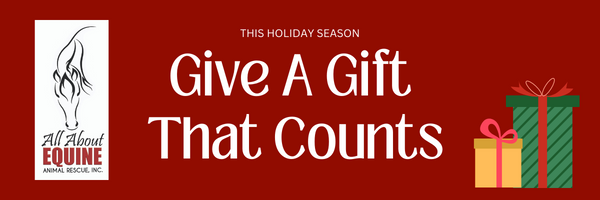
It’s that time of year we share with you the work we’ve all been doing throughout the year. We missed last year while we were in the middle of our Big Move, so we have some catching up to do. The stories you’ll read this month are your donations, volunteering, likes, shares, and other support at work. We hope you enjoy!
LORETTA & LAINEY
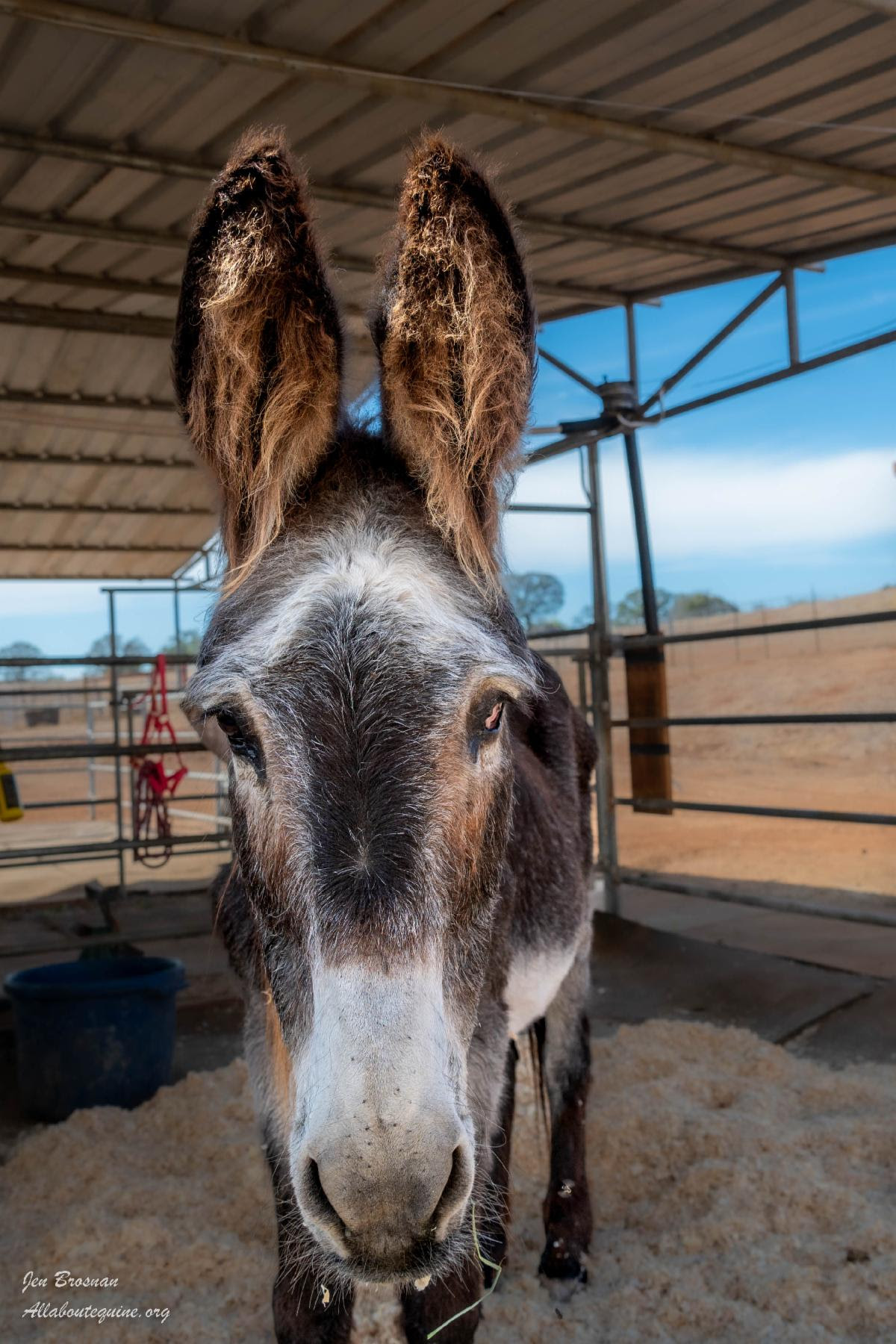

AAE welcomed two donkeys from a family who offered to care for them temporarily to help a friend who was going through a divorce. The friend got the donks for free on Craigslist. The friend moved out of state, and the donks were left behind. The family didn’t have any equine experience and could not afford to provide for them. The friend said to find them a new home. Much to our dismay, when we arrived to pick them up, Loretta was standing at their feeder on a bed of triple mix and didn’t want to move much. Lainey was an endearing lil’ goofball.

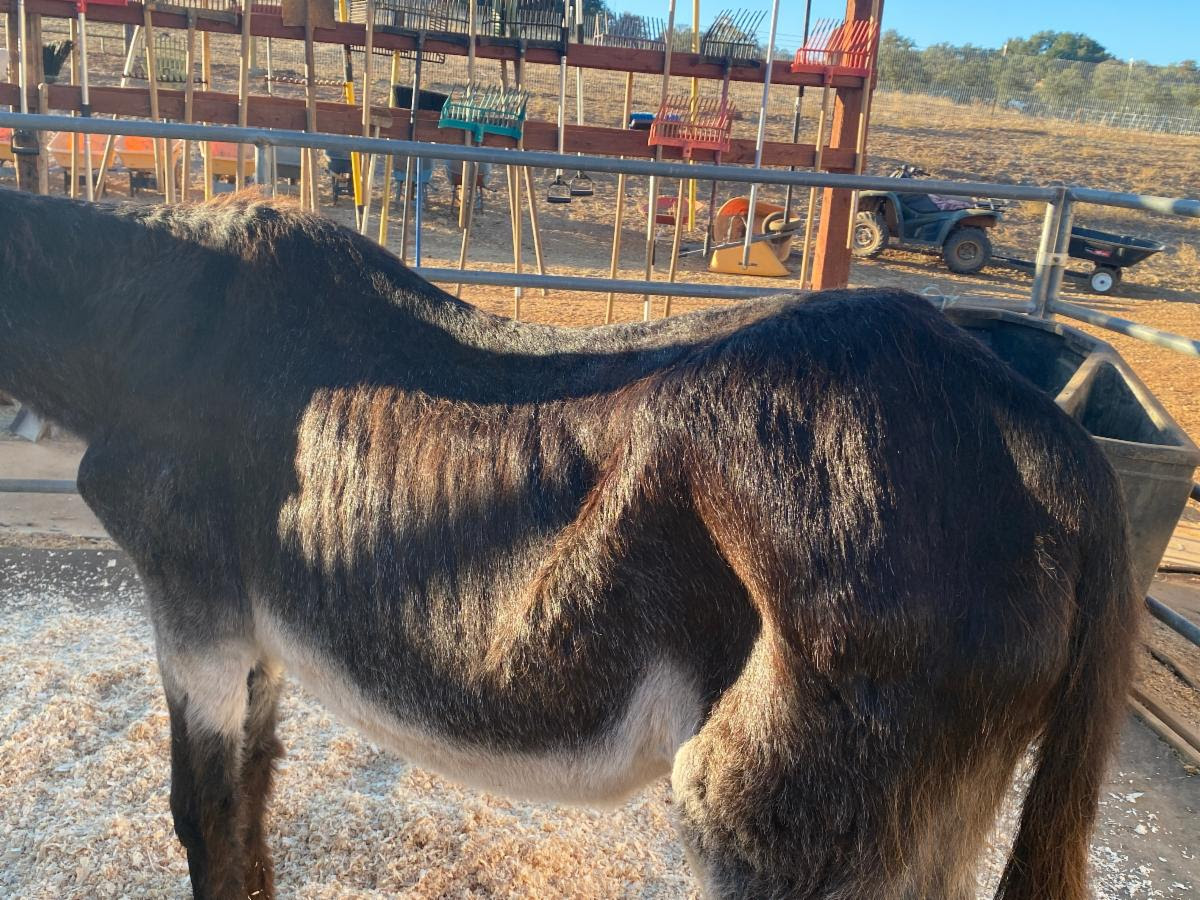
Loretta, the gorgeous brown gal, has a beautiful long, amber mane that looks just like a horse. She was in such poor condition; she was so skinny, and her hooves were so neglected. Dr. Stolba came for an intake exam, collected blood samples, and took radiographs of her hooves. In a nutshell, old, malnourished, Cushing’s Disease, laminitis/founder, and arthritis, and she hadn’t gotten any help with any of this for a long time. It’s a lot, but this poor girl was a fighter, and deserved a chance to get some help and lots of love.

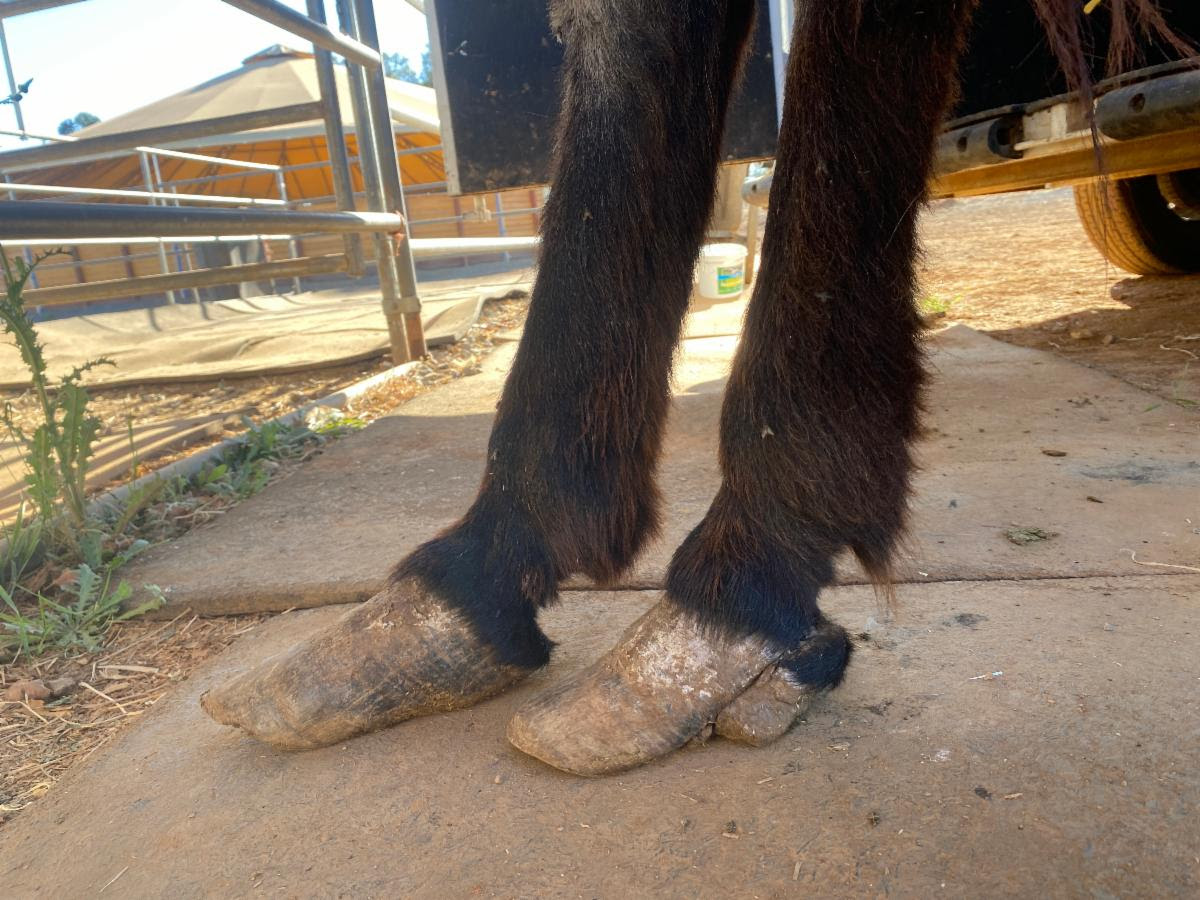
Loretta has been getting an appropriate diet, daily meds for her arthritis and Cushing’s, and her hooves are a work in progress. Her comfort level has improved, but she’s not pain free. (Many of us deal with chronic pain day in and day out, but it doesn’t mean we don’t want to live any more). She’s been in pads on her front hooves, and it’s helped. We’re working on shoes next to see if they offer some additional help. She’s eating well, she mosey’s around, and she thoroughly enjoys her humans grooming her, and loving and doting on her.
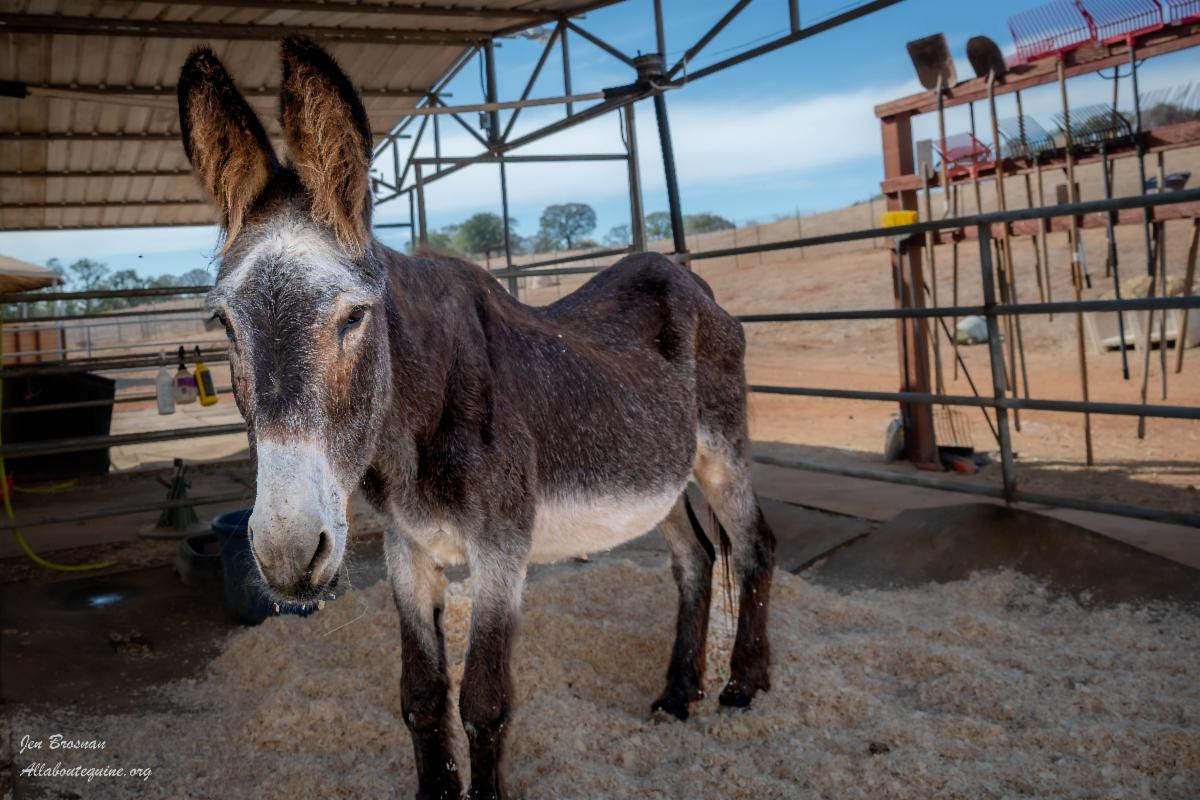
For now, her scale is tipping on the side of life. When that changes, and we can’t help her any more, we’ll make the compassionate call to give her love ’til the end. She’s just a really special old soul.
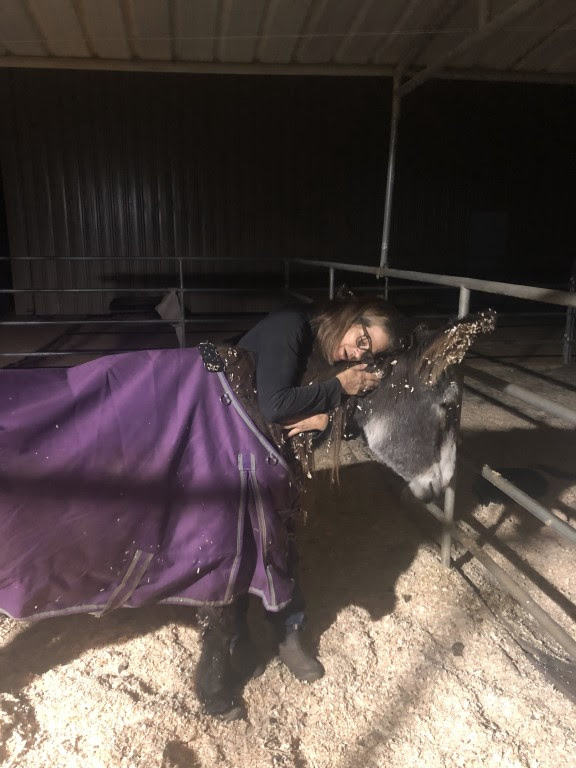
The gray donk, Lainey, on the other hand, was obese, and her hooves needed some care. She was in much better condition than Loretta. This girl is a hoot!
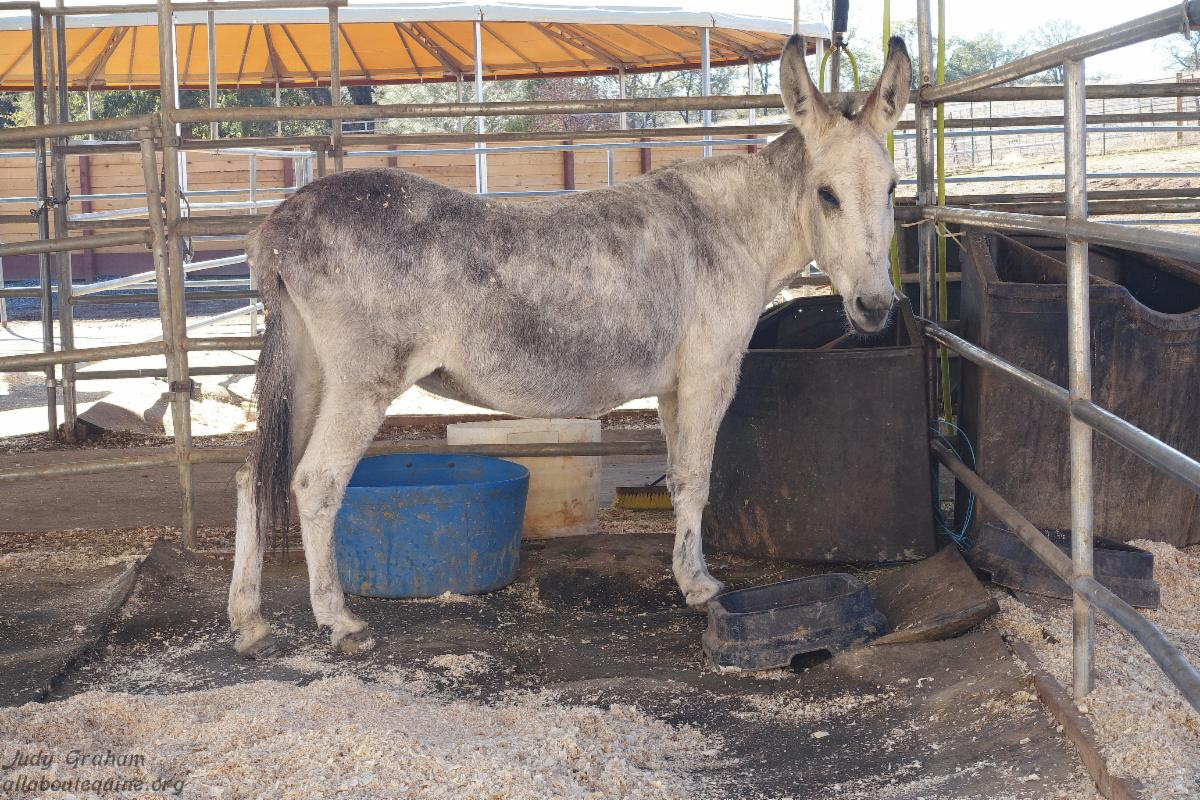
Dr. Stolba checked in with Lainey, as well. A new diet was her biggest issue. Both needed dentals, but we held off until Loretta had more time to settle in. Lainey is estimated mid-teens. Loretta’s upper teeth are worn to the gums, and there’s wasn’t a lot to float, but at least their mouths should be more comfortable now. Both girls are reasonable with hoof handling and the farrier. Not ideal, but that should improve as they are handled and trimmed more regularly.
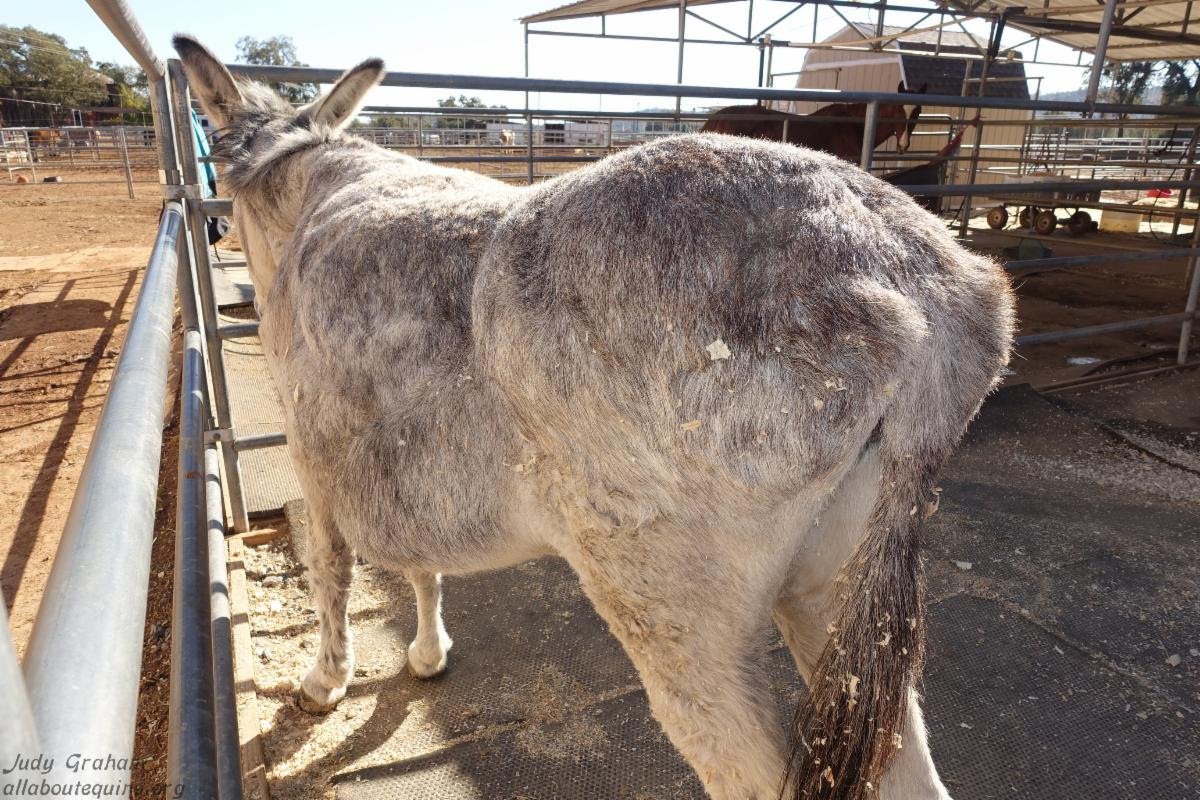
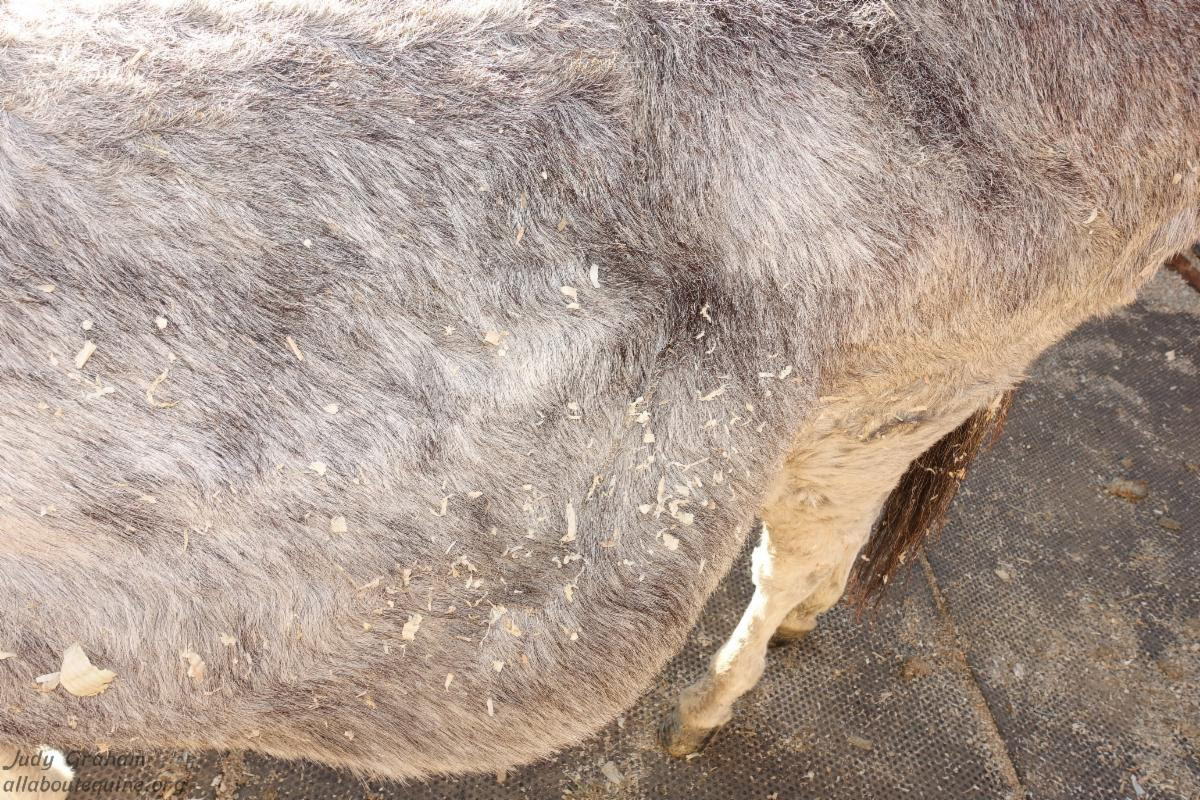
This baby got back! The large bulges on each side are large hernias from being spayed. Her intestines hang from each side, and she doesn’t appreciate her sides being touched. Her fat is slowly melting, but she really enjoys her food and her shavings!
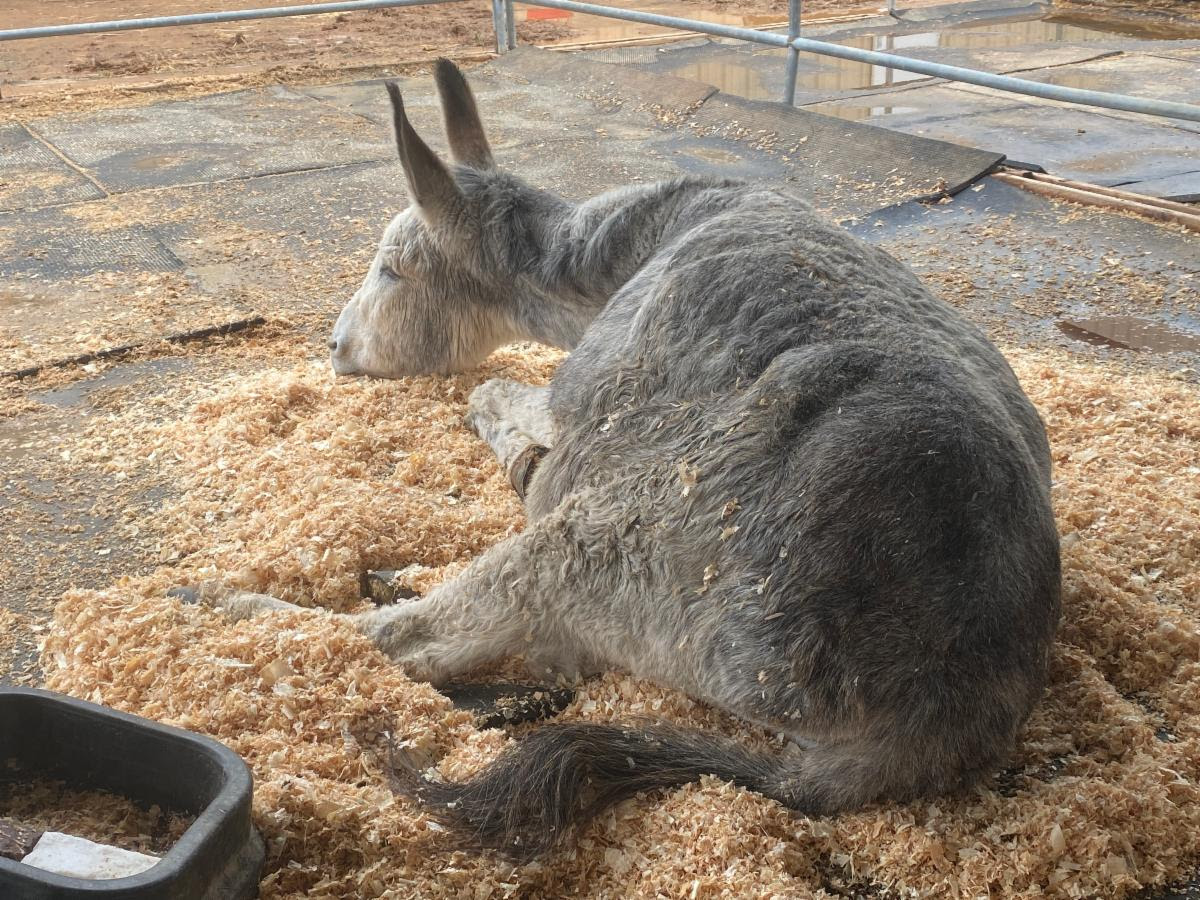
These girls are both ever so sweet, and they hold no grudges toward humans. The two are bonded, and Loretta, especially, at least for now, needs her girl, Lainey by her side (adjacent paddocks).
| Donate Now and Double Your Impact! |
| With enormous thanks to two very generous offers from anonymous supporters, donations to AAE from now through New Years Eve will be matched dollar for dollar, up to $10,500!
We are just over $9800 toward our goal $10,500 match right now. Click on the donate button below to see current status. |
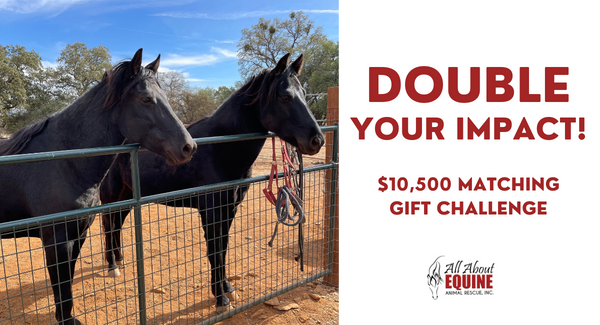
Thank you for your support helping horses each and every day!
Your donations, volunteering, adopting, and social media shares & likes allow us to make this work possible!

LTR Training Tip #78: Transitions
Transitions in your equine’s gait, speed or direction should always be smooth and fluid and not bouncy.
‘Tis the Season – Martina
This is an update from All About Equine Rescue.

All About Equine Animal Rescue, Inc.

It’s that time of year we share with you the work we’ve all been doing throughout the year. We missed last year while we were in the middle of our Big Move, so we have some catching up to do. The stories you’ll read this month are your donations, volunteering, likes, shares, and other support at work. We hope you enjoy!
MARTINA
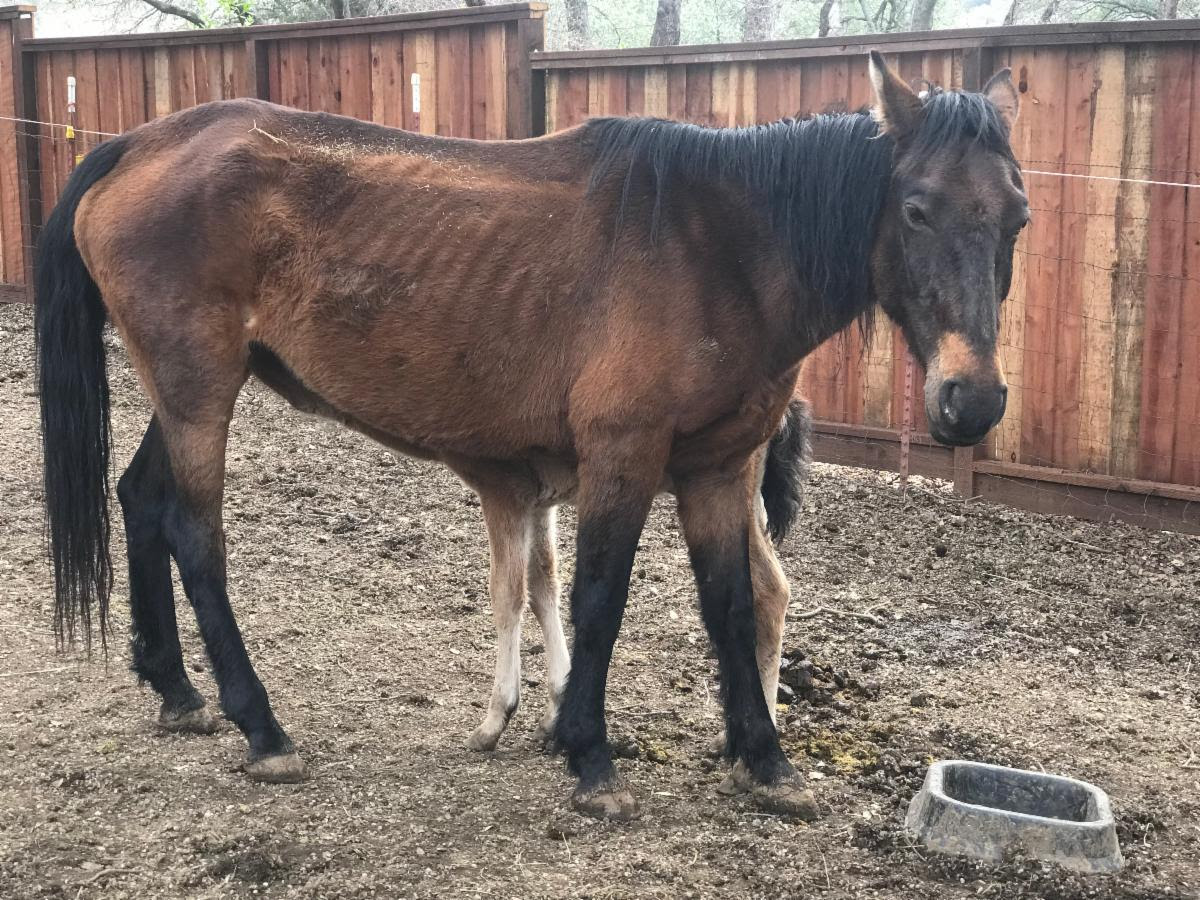
Martina and her very young filly, Valentine, came to AAE from the DreamCatcher Wild Horse and Burro Sanctuary in March 2018. Valentine was only days old. AAE had been supporting DreamCatcher’s herd reduction efforts since April of 2017 after the long illness and passing of their Executive Director, Barbara Clarke in November of 2016. Martina was thin and hungry with baby in tow, but she knew where to go. She showed up at the DreamCatcher barn with Valentine after not coming down in the Fall for the Winter. Sadly, winter conditions at the sanctuary are fierce (for California, anyway), and AAE got a call. Martina is a BLM branded mustang. She appeared to have minimal human contact when she arrived.
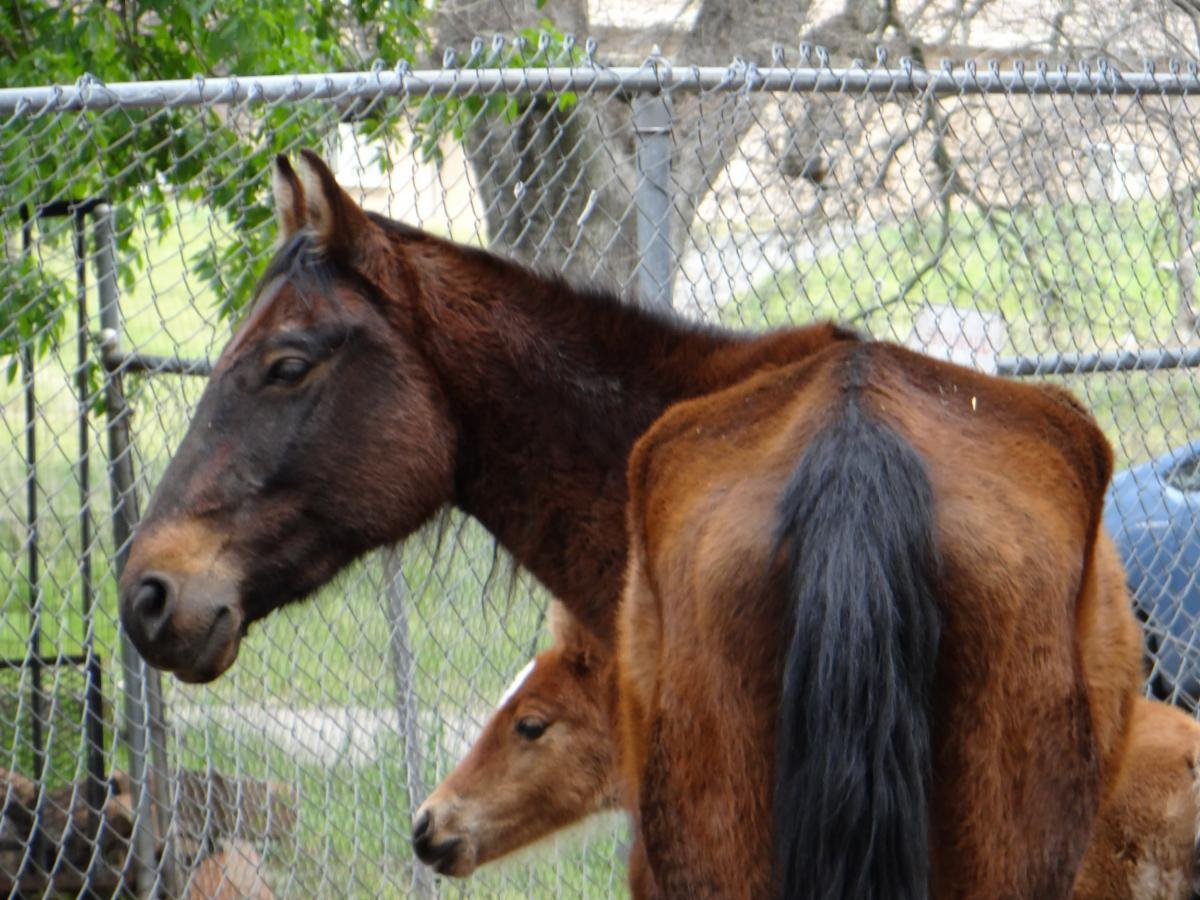
Once back at AAE, she got hoof and dental care, vaccines, deworming, and a microchip. She has had intermittent handling with intermittent breaks. Once in Pilot Hill, she’s spent most of her time on acreage with her mustang herd. She’s making very slow progress. Martina can be approached and haltered in a small space, with patience and a slow approach. Her hooves can be trimmed with sedation. She’s nervous and protective, but tries to understand what’s asked of her, but she’s really not much interested in human interaction.
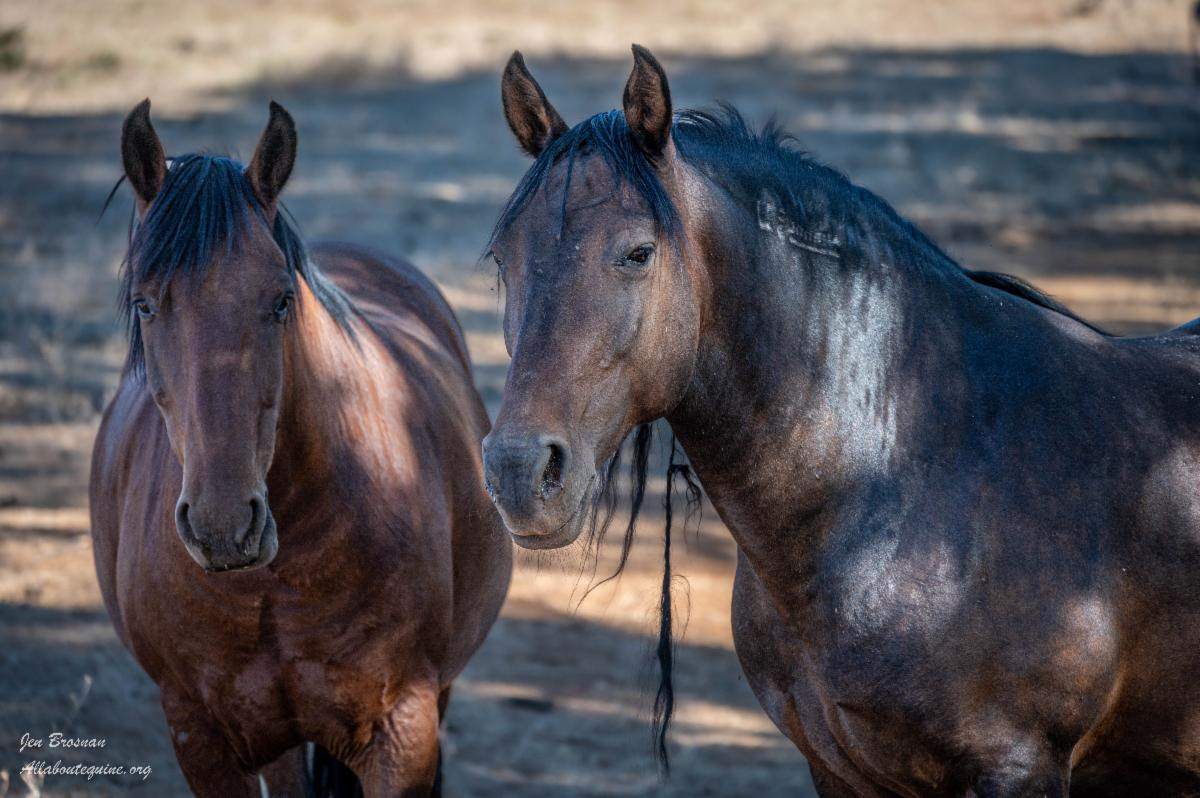
Though she is coming around, Martina has been challenging, and she needs a person very experienced with mustangs to continue her progress. She will likely do better in an environment where she is out of her herd, few distractions, and working daily with her own person. Her person should have no agenda, and no timelines, other than wanting to develop a trusting relationship and build confidence, a long term project, giving her the time she needs.
This beautiful gal has been her long enough! Let’s find her her own human. Martina is current with dental and hoof care, vaccines, and deworming. She has a microchip.
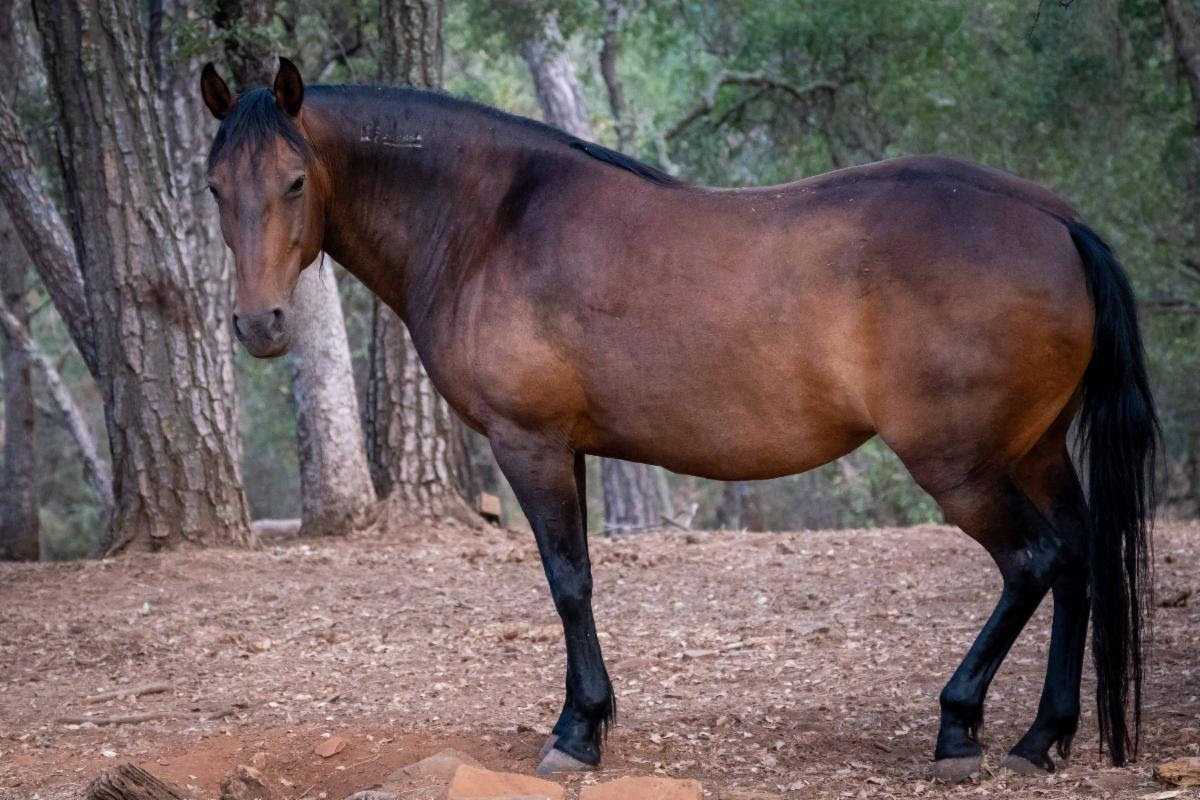
If you’d like to make a year end donation in honor of Jennings to support AAE’s ongoing operations into 2023, you can click the donate button to give a gift that counts.
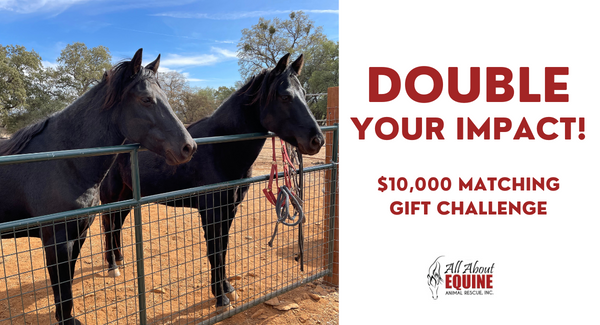
With enormous thanks to two very generous offers from anonymous supporters, donations to AAE from now through New Years Eve will be matched dollar for dollar, up to $10,000!
Thank you for your support helping horses each and every day!
Your donations, volunteering, adopting, and social media shares & likes allow us to make this work possible!

LTR Training Tip #77: Simple and Flying Lead Changes
Correctly done Flying Lead Changes should take place simultaneously, so it is important to build strength and balance through Simple Lead Changes before even attempting Flying Lead Changes.

LTR Training Tip #76: Canter Under Saddle in the Open Arena
Starting your equine at canter in an open arena requires a systematic and simple approach to sustain good balance and posture.


LTR Training Tip #75: Hourglass Pattern Under Saddle at the Walk & Trot
The Hourglass Pattern helps your equine to build good postural balance and core strength with symmetrical muscle development.

LTR Training Tip #74: Always use Good Horsemanship
Whenever you ride, always practice the elements of good Horsemanship.
